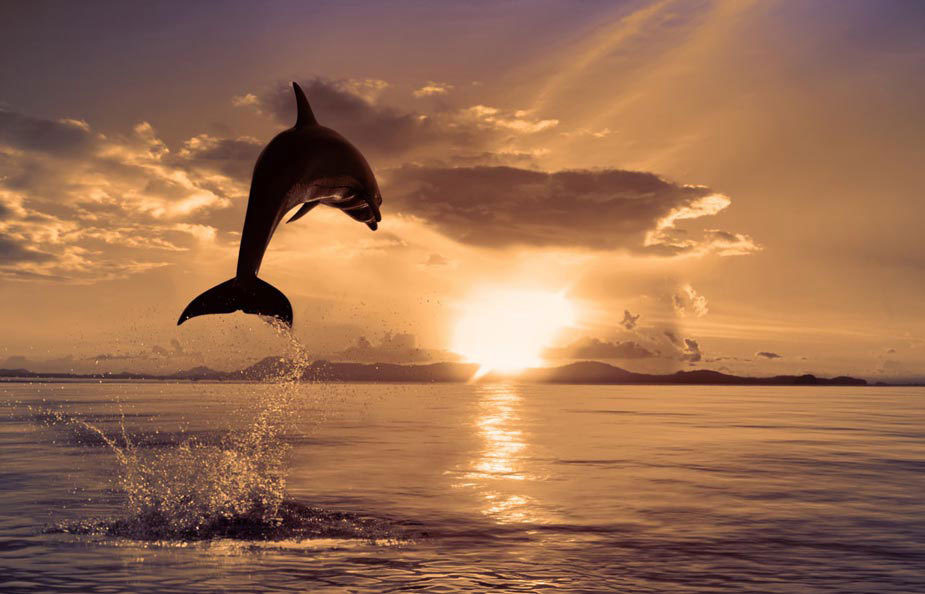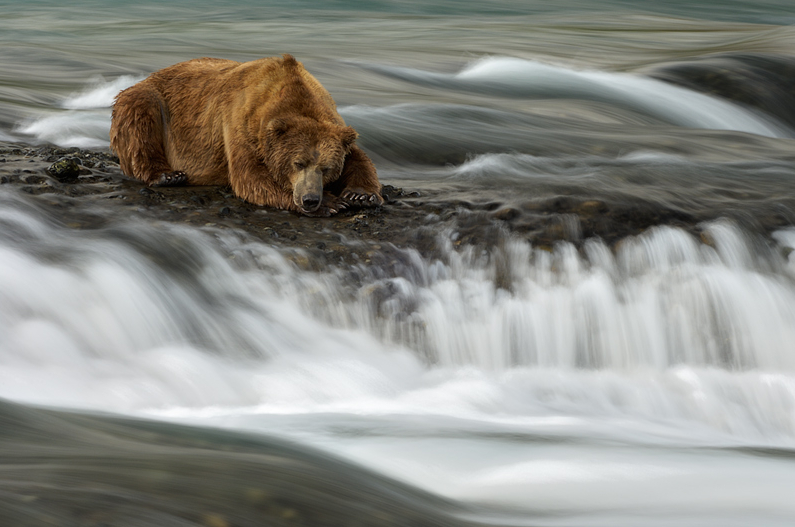By David Shiffman
Quick—think of a shark!
What did it look like? Most people are only familiar with the sharks
that make the news for biting people: animals like the bull shark, tiger
shark, or the great white made infamous by
Jaws. SCUBA divers, fishermen, or avid watchers of
Shark Week
might be able to name a few more species. But did you know that there
are actually more than 1,200 species of chondrichthyan (sharks and their
skate, ray, and chimaera relatives)?
Sharks live in habitats as diverse as coral reefs, the Arctic, and
the deep sea, and come in an impressive variety of shapes, sizes, and
colors. Here are 11 of my favorite amazing sharks, a collection that
showcases the incredible diversity of these animals. What’s your
favorite shark? Let me know in the comments below!
1. Velvet belly lantern shark (Etmopterus spinax)
A related lantern shark, Etmopterus fusus, from Last et al. 2002
The glow of a lantern shark from below (from Claes and Mallefet 2010)
These deep sea sharks are best known for their ability to glow in the
dark, an ability that they are believed to use for signaling one
another during mating. A glowing belly helps them camouflage themselves,
as any potential predator swimming below them will see the same levels
of light that would naturally reach that depth, and not a shadow that
could give away their location. There are several species of lantern
shark, and each has a distinctive pattern of bioluminescent light.
2. Megamouth shark (Megachasma pelagios)
Megamouth shark, from a 1990 National Marine Fisheries Service technical report
These sharks, whose awesome scientific name means “giant mouth of the
deep,” were first discovered in 1976, when a heavy anchor from a U.S.
Navy vessel hit one. If the anchor had been deployed fifteen seconds
earlier or later, this species wouldn’t have been discovered for another
eight years, and to date fewer than 50 sightings have been confirmed
worldwide. Megamouths, whale sharks, and basking sharks are the only
three known large filter feeding sharks, but megamouths do it a little
differently. Their large mouth and unique muscle morphology suggests
that these sharks may be the only fish to engage in a behavior known as
“engulfing,” best known from humpback whales.
3. Atlantic sharpnose sharks (Rhizoprionodon terraenovae)
Atlantic sharpnose pups (pictured with the author during an unfortunate beard-growing contest)
While sharks are often portrayed as huge superpredators, many are
actually quite small. When they’re pups, Atlantic sharpnose can easily
fit into one hand (see photo). These sharks are often found close to
shore along beaches and estuaries during the summer, and migrate to
deeper offshore waters during the winter. My favorite thing about
sharpnoses is their attitude—even though they’re tiny, they’re often
caught when they try to eat bait that’s bigger than they are. Though few
people have heard of them (they’re often incorrectly referred to by
recreational fishermen as “baby blacktips”), they are extremely common
in coastal U.S. waters.
4. Sixgill sawshark (Pilotrema warren)
A related sawshark species, Wikimedia commons
Sixgill sawsharks are endemic (native to and not found anywhere else)
to coastal waters off of Southern Africa, from about Cape Town to
southern Mozambique, where they live on the seafloor. Sixgill sawsharks
got their clever name from the fact that they have six gill slits,
atypical for sharks which normally have five. Oh, I suppose the other
part of their name also comes from the GIANT SAW STICKING OUT OF THEIR
FACE. Like the sawfishes, sawsharks have an elongated rostrum (snout)
covered with sawlike teeth, which they use to stun and impale fishes by
swinging it rapidly side to side. Additionally, a pair of sensitive
barbels (fleshy whiskers) is also found on the rostrum of sawsharks,
which helps them locate buried prey.
5. Goblin shark (Mitsukurina owstoni)
Goblin shark, Wikimedia commons
In addition to the unique shape of its head and its round fins, these
sharks are noteworthy because of their coloration. Goblin sharks can be
bubblegum pink, making them simultaneously one of the ugliest shark
species
and one of the cutest. They are typically considered to
be solitary animals, though a large group of juvenile males was caught
off the coast of Taiwan following an undersea earthquake in 2003. They
usually live in the deep sea, but at least one has been documented
swimming in shallow waters near Japan.
6. Greenland shark (Somniosus microcephalus)
Greenland shark, From MacNeil et al. 2012
The Greenland shark, also known as the Sleeper shark because of its
relatively sluggish swimming behavior, inhabits the cold waters of the
Arctic. Greenland sharks are the largest fish in the Arctic, with the
biggest reported individual measuring in at over 23 feet in length. Long
believed to be scavengers, Greenland sharks may actually be the
Arctic’s top predator, as new evidence suggests that they can catch and
eat seals, reindeer, and even polar bears! These sharks are also known
for a peculiar parasite that is often found dangling from their eye,
which is responsible for the single weirdest question I ever got during
one of my public education talks (someone asked how the sharks train the
parasites to sit in their eye socket.)
The Trouble With Sharks
These species of sharks are unique and fascinating, but sharks as a
group are in deep trouble. According to the IUCN Shark Specialist Group,
17% of all known chondrichthyan species (and 1/3 of all open ocean
chondrichthyan species) are Vulnerable, Endangered, or Critically
Endangered.
Scientists have reported population declines in some shark species of
90% or more in the last few decades in areas where sharks used to be
abundant.
7. Cookie-cutter shark (Isistius brasiliensis)
Cookie cutter shark, Wikimedia commons
Cookie-cutters have a bizarre feeding behavior known as
“ecto-parasitic predation” that’s unique among shark species. Basically,
this means that they take relatively small circular bites out of the
sides of their prey rather than consuming it. These bites have been
documented in swordfish, tuna, whales and dolphins, the outer
rubber-like hulls of submarines, and, in one case, a human. The only
person who has been bitten was in the process of swimming across a deep
ocean trench between two islands, at night, while being lit from above
by powerful searchlights mounted on a boat.
People often ask me what they can do to reduce the chances of being bitten by a shark, so there you have it—don’t do that.
8. Common thresher shark (Alopias vulpinus)
Common thresher shark, Wikimedia commons
Thresher sharks are known for the extremely long upper lobe of their
caudal fins, which can be almost as long as the rest of the animal.
These tails are used to stun schools of small bait fish like anchovies
or sardines, which make up the majority of the diet of threshers.
Thresher sharks are also noteworthy from a physiological perspective
because of the presence of an endothermic organ that helps keep their
brains and eyes warmer than the surrounding cold waters in which they
live. I suspect that, like most other highly evolved creatures, thresher
sharks keep the rest of their body warm through the use of a Snuggie.
9. Pacific angel shark, (Squatina californica)
Pacific angel shark, Wikimedia commons
Angel sharks are some of the only ambush predators in the shark
world. Rather than actively chasing their prey, these flattened sharks
lie in wait partially buried under the sediment and strike when
something swims close enough to their mouth. Some angel sharks have been
documented waiting in the same spot for several days until food comes
along, a behavior I have been known to engage in from time to time.
These sharks are one of the few species targeted for their meat, and
were at one point the most commonly caught shark in California.
10. Spotted wobbegong, (Orectolobus maculatus)
Wobbegong, Wikimedia commons
In addition to having a delightful name (which means “beard” in the
language of Aboriginal Australians), wobbegongs are bottom-dwellers
which often rest under coral ledges or rocks during the day. These
sharks are sometimes sold as “fish and chips” in their native Australia,
and they are also sometimes killed for their uniquely colored skin
(which is made into leather). Wobbegongs are noteworthy for being one of
the few species of sharks which have been observed being eaten by
seals.
11. Spinner shark (Carcharhinus brevipinna)
Spinner shark, UN FAO
These sharks are named for their incredible acrobatic feats—they
often jump out of the water while (you guessed it) spinning. This
behavior is the end result of swimming towards schools of prey from
below at high speeds. The easiest way to tell a spinner shark from the
similar-looking blacktip shark is by counting the number of fins which
have black tips on them. Believe it or not, spinner sharks have one more
fin with black tips than blacktips do—the anal fin.







 Foodsmith Sam Bompas said the Earl of Sandwich was eating with his fingers "when cutlery was de rigueur".
Foodsmith Sam Bompas said the Earl of Sandwich was eating with his fingers "when cutlery was de rigueur".




























